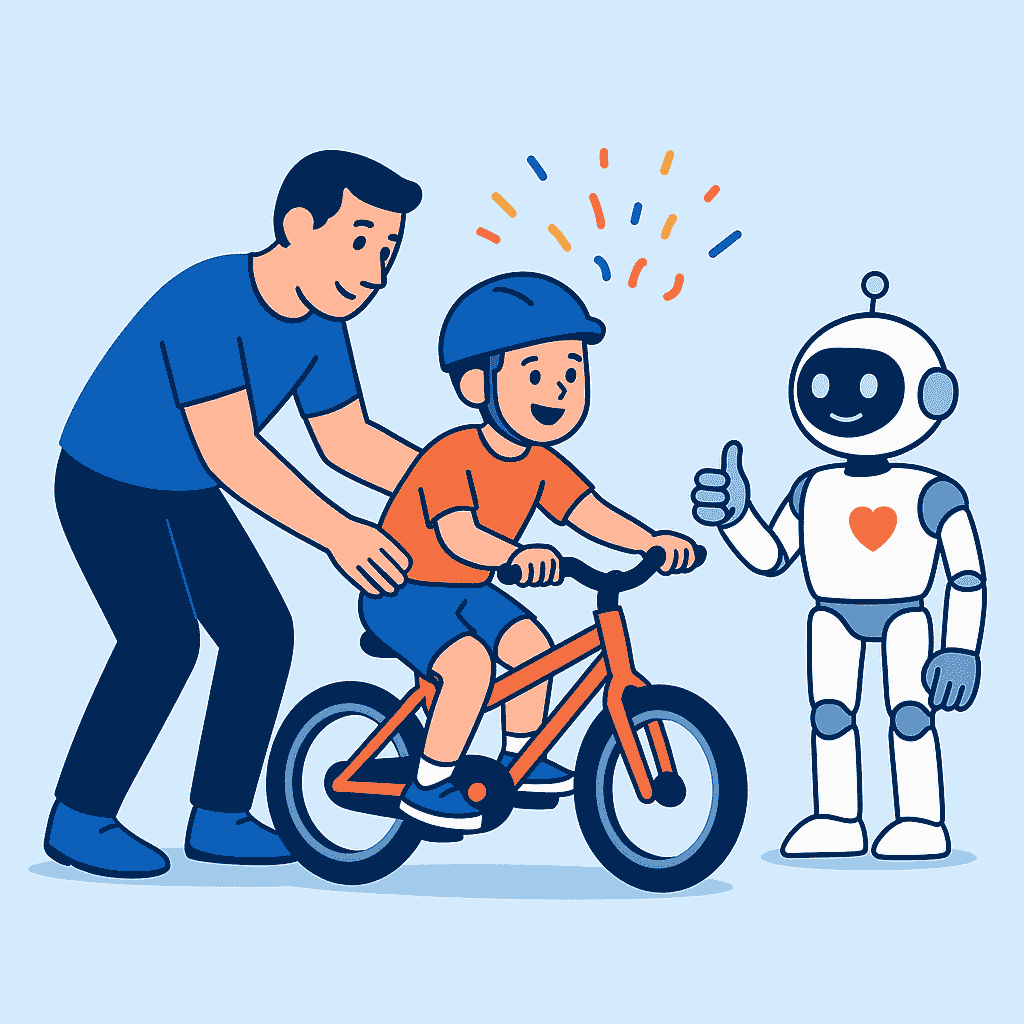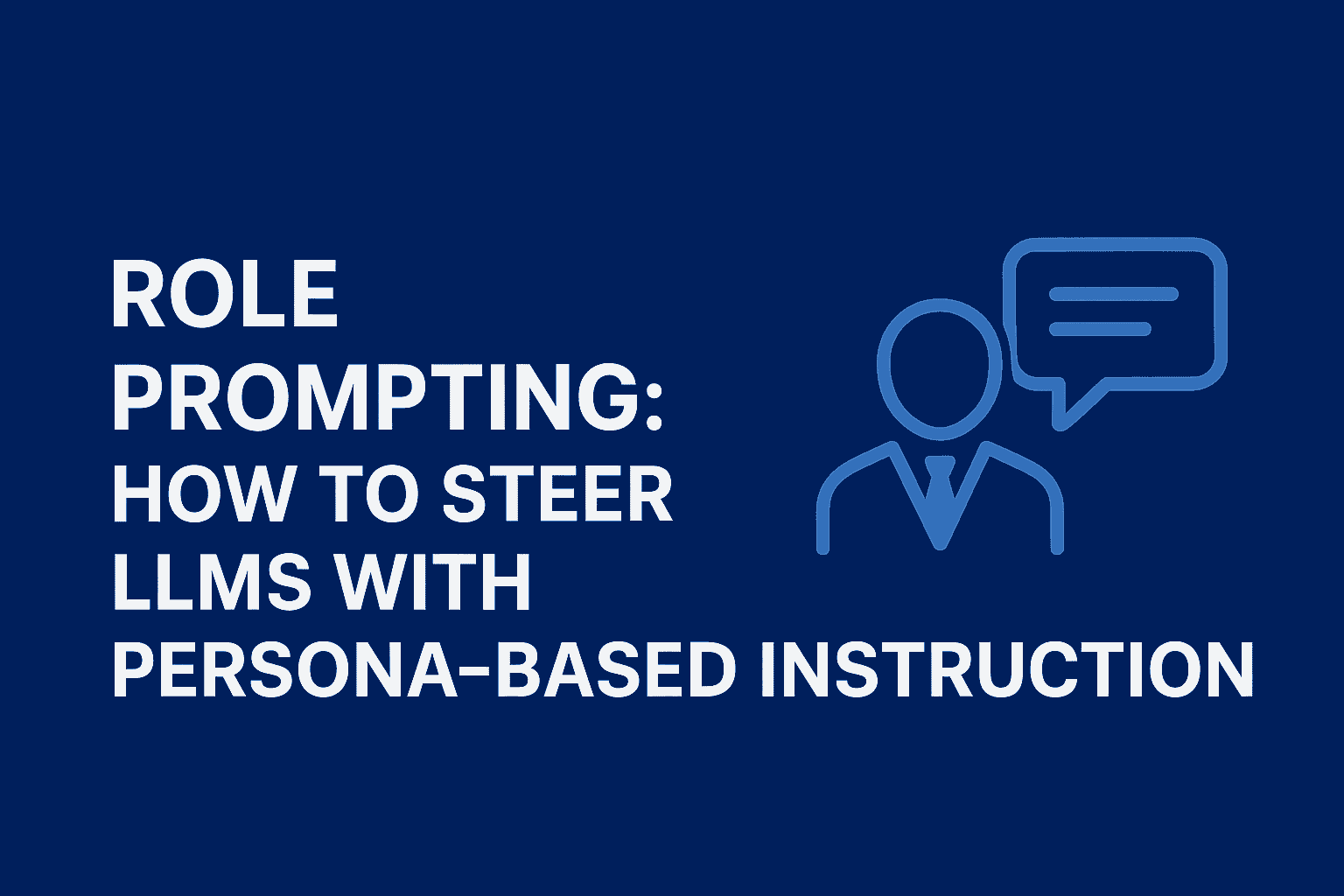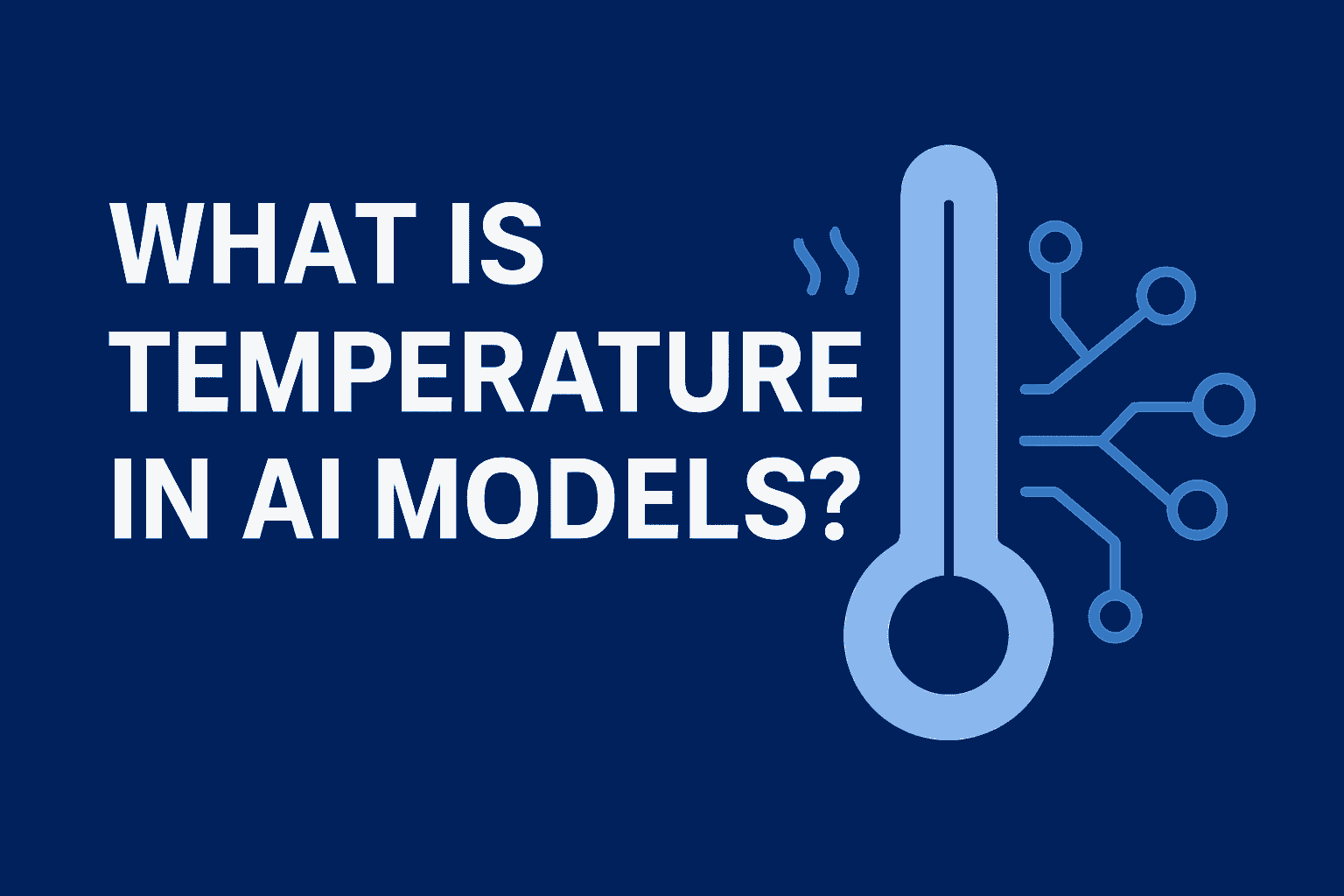
🔓 Unlocking AI’s Human Touch:A Beginner’s Guide to Reinforcement Learning from Human Feedback (RLH)
Ai engineer
Discover how Reinforcement Learning from Human Feedback (RLHF) helps AI learn more human-like behavior by combining machine learning with real human input. From smarter chatbots to ethical AI, this beginner’s guide breaks down how RLHF works, why it matters, and what makes it a game-changer in modern AI development.
🔓 Unlocking AI’s Human Touch: A Beginner’s Guide to Reinforcement Learning from Human Feedback (RLHF)
Imagine teaching a child to ride a bike . You don’t just hand them a manual and walk away. Instead, you guide them, cheer their progress 🎉, and gently correct their wobbles. That’s the essence of Reinforcement Learning from Human Feedback (RLHF)—a groundbreaking approach in artificial intelligence that combines human intuition with machine precision to create AI systems that are not only smart but also aligned with our values.
In this blog post, we’ll dive into what RLHF is, how it works , its real-world applications , and why it’s a game-changer for AI development 🚀. Whether you’re an AI enthusiast or just curious about how machines learn to “think” more like humans, this guide is for you!

❓ What is RLHF, and Why Should You Care?
Reinforcement Learning from Human Feedback (RLHF) is a machine learning technique that improves AI models by adding human judgments during their training .Unlike traditional reinforcement learning, where an AI learns through trial and error based on a set reward function, RLHF relies on human feedback to guide the AI’s behavior.
Why is this important? 🤔
RLHF powers some of the most cutting-edge AI systems today, such as OpenAI’s ChatGPT and Anthropic’s Claude ✨. It helps these models feel more human, useful, and ethical . A 2023 paper highlights that RLHF has been crucial in matching large language models (LLMs) with human preferences, boosting their performance by up to 20% in tasks like text summarization and dialogue generation .
👩🏫 Example: Personalized education platforms
Imagine an AI tutor that changes its teaching style based on student feedback. If a student prefers visual explanations, human annotators rate image-based answers higher, guiding the AI toward using diagrams 📊 or videos 🎥. RLHF enables this kind of adaptability.
🔍 How Does RLHF Work? A Step-by-Step Breakdown
🧾 Step 1: Data Collection
A dataset of human-generated prompts and responses is created, reflecting real-world questions. Example prompts:
- “Where is the HR department in Boston?”
- “What is the approval process for social media posts?”
- “What does the Q1 report indicate about sales?”
Knowledge workers provide ideal responses that become training benchmarks.
🎯 Step 2: Supervised Fine-Tuning
Start with a pre-trained LLM like GPT or LLaMA. Techniques like Retrieval-Augmented Generation (RAG) enrich the model with internal knowledge. Then use metrics like cosine similarity 📐 to compare AI and human responses, helping the AI form a policy to better reflect human preferences.
🏆 Step 3: Train the Reward Model
Humans rate multiple AI responses to the same prompt (e.g., clarity, usefulness). A reward model learns to assign scores based on these preferences . For example, a more concise, accurate answer about social media policies would receive higher feedback ratings.
🤖 Step 4: Reinforcement Learning with PPO
Use Proximal Policy Optimization (PPO) to fine-tune the main model. The reward model guides the AI toward human-aligned responses. A penalty like KL divergence keeps the model from drifting too far from its base knowledge ⚖️.
🔄 RLHF vs. Alternative Approaches
| ⚙️ Approach | ⭐️ Key Features | ✅ Advantages | ⚠️ Limitations |
|---|---|---|---|
| RLHF | Human feedback trains reward model; uses PPO. | Human-aligned responses; great for nuanced tasks. | Expensive, time-consuming, prone to human bias. |
| DPO | Uses classification loss to optimize directly. | Lightweight, stable, outperforms PPO in sentiment tasks. | Less tested across a wide range of domains. |
| RLAIF | Uses LLM-generated feedback instead of human. | Scalable; cheaper; matches RLHF in many tasks. | May lack nuance of true human judgment. |
| ReST | Offline high-quality dataset sampling across rounds. | Less computationally demanding. | Not directly compared with RLHF; results less clear. |
| Fine-Grained RLHF | Uses multiple reward models and sentence-level feedback. | Improves precision, factual accuracy. | Complex feedback system required. |
🧠 Beyond Language Models: RLHF in Generative AI
RLHF isn't just for chatbots! It’s shaping how machines generate art, music, and even personality:
- 🎨 AI Art: Human feedback helps improve realism, mood, or emotional tone.
- 🎵 Music Generation: Tunes tailored for calm moods, workouts, or meditation.
- 🎤 Voice Assistants: More natural, friendly, and trustworthy voices for smart devices.
🌍 Real-World Applications of RLHF
- 🤖 Chatbots & Assistants: GPT-based systems like InstructGPT use RLHF to sound more human, safe, and relevant.
- ✍️ Content Creation: Summarization, writing, coding — RLHF keeps outputs relevant and polished.
- 🎮 Gaming & Robotics: RLHF fine-tunes in-game strategies or robotic navigation based on expert input.
- ⚖️ Ethical AI: Helps reduce toxicity and bias in outputs.
⚠️ Challenges & Limitations of RLHF
🧩 RLHF isn’t perfect. Some common challenges include:
- 🤯 Human Bias: Subjectivity in feedback may amplify societal bias.
- 🧑🎓 Limited Expert Access: Lack of qualified annotators in specific domains.
- 💸 High Cost: Collecting diverse, high-quality feedback is expensive.
- 🧬 Complex Setup: Multi-stage training pipelines are resource-intensive.
- 🐢 Slow Iteration: The process is time-consuming, affecting agility.
- 🚫 Hallucinations: AI might still generate incorrect but highly rated responses.
🖼️ Image suggestion: Robot facing feedback challenges from humans (bias, confusion)
🌟 Why RLHF is a Game-Changer
RLHF helps AI understand us 🧑🤝🧑. It aligns machine logic with human emotion, context, and nuance. As Long Ouyang (OpenAI) says, “RLHF helps you get more fine-grained tuning of model behavior.”
✨ For businesses: better chatbots, personalized AI
✨ For developers: ethical, controllable tools
✨ For users: responses that “feel” human
🛠️ Tips for Exploring RLHF Yourself
- 🧪 Try It Out: Use models like ChatGPT or Claude.
- 📚 Read Papers: Start with OpenAI’s InstructGPT.
- 🔍 Learn About RAG: Combine RLHF with Retrieval-Augmented Generation.
- 🐙 Check Hugging Face: Explore the TRL (Transformer RL) library.
- 🧠 Follow Experts: e.g., Nathan Lambert on X: @natolambert
🧭 Conclusion: The Future of RLHF
RLHF is a critical step toward ethical, intuitive AI. Alternatives like DPO, RLAIF, and Fine-Grained RLHF offer solutions to its challenges while preserving its benefits.
Whether it’s smarter chatbots, safer assistants, or more relatable content generation — RLHF is helping AI connect with humans like never before.
📚 References
- Christiano, P. (2025, June 1). RLHF 101: A technical tutorial on reinforcement learning from human feedback. CMU Machine Learning Blog. https://blog.ml.cmu.edu/2025/06/01/rlhf-101-a-technical-tutorial-on-reinforcement-learning-from-human-feedback/
- Huyen, C. (2023, May 2). RLHF: Reinforcement learning from human feedback. https://huyenchip.com/2023/05/02/rlhf.html
- IBM. (2023, November 10). What is RLHF?. IBM. https://www.ibm.com/think/topics/rlhf
- Kaufmann, T., Bai, Y., & Wu, J. (2023). A survey of RLHF. arXiv: https://arxiv.org/abs/2312.14925
- Lambert, N. (2024). RLHF learning resources. https://www.interconnects.ai/p/rlhf-learning-resources
- OpenAI. (2022). InstructGPT Paper. https://openai.com/research/instructgpt
- Rafailov, R., et al. (2023). Direct Preference Optimization. arXiv: https://arxiv.org/abs/2305.18290

